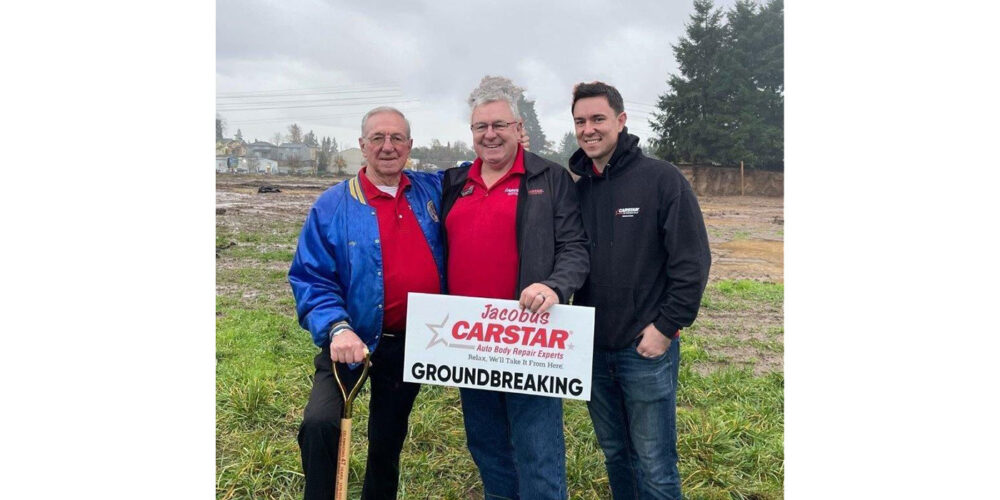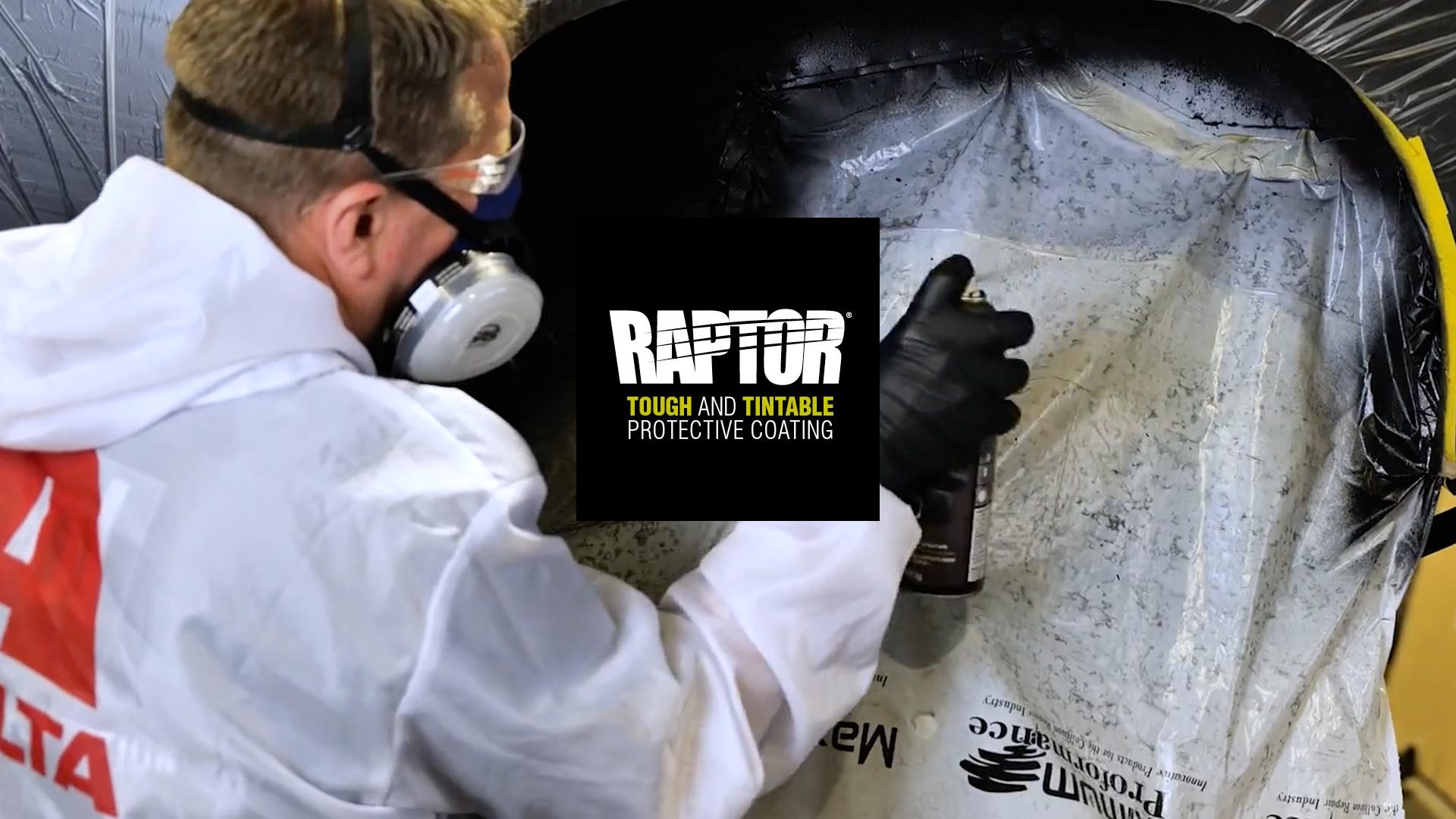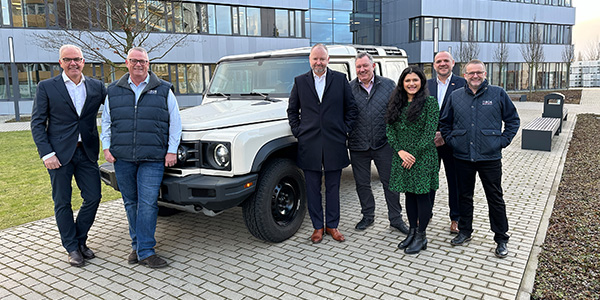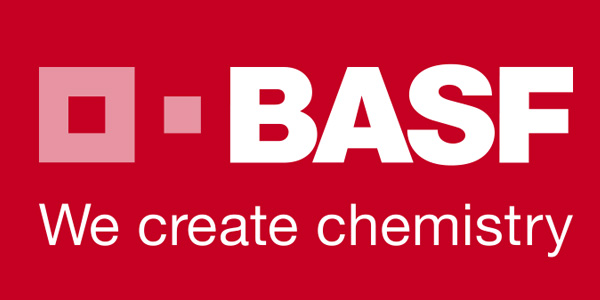There are many states where a vehicle comes into a body shop covered in road tar and sandblasted in rock chips with mud crammed into every crack and crevice. These states, for example, Alaska, have a lot of blacktop and rural, unpaved roads. I thought paint times were based on clean factory panels? Why do I, as an auto painter of 40 years, have to face a sandblasted, tar-covered, mud-filled vehicle with no time whatsoever to treat these problems? I spend the majority of my time detarring and pressure washing out mud and sanding out road rash before I can even start to prep a panel for paint. Can I charge the insurance company for these procedures?
Paint times are not based on clean, factory panels. They’re based on new, undamaged panels, the difference being that a painter needs to use a solvent to wipe down the panel. This step should eliminate fingerprints and light tar. Heavy tar is another story, as are rock chips, mud and fresh blacktop.
An observant estimator should note rock chips at the time of drop-off. If they happen to be on a blend panel, this is an opportunity for an up-sell. Another consideration would be the severity of the rock chips. Mild ones may be fixed as a goodwill gesture for a loyal customer. Heavy tar and fresh blacktop present a different set of problems.
Since your question is, ‘Can we charge the insurance company for additional prep time?’ I would have to say no. This situation would need to be addressed at the point of drop-off. This is sadly where many estimators fall short. It’s easy to say, ‘Just wipe it down.’ But you and I both know it isn’t easy. The additional monies should come from the customer, period. You didn’t drive through mud and tar before you worked on their car. It’s no different than that ding in the rear of the fender that was blended to match the hood. Now, if the customer got caught in a sandstorm driving through the desert, that would be a legitimate insurance claim under the comprehensive part of your policy.
I once worked on a car that had cement splattered all over it. It wasn’t fresh either. That was an insurance claim because our customer had parked their car unknowingly near a building where construction was about to be done. The claim went against the construction company’s carrier.
Another example of a legitimate insurance claim would be road stripe paint. If you happen to drive through this material, you might end up with a two-tone car, most likely yellow and whatever color your car is. If I were your employer, it would make sense to hire a lower skilled person to pressure wash your cars for you. As a a shop owner, I certainly would want a journeyman painter in the spraybooth, where he can make money for himself and my shop’s bottom line.













